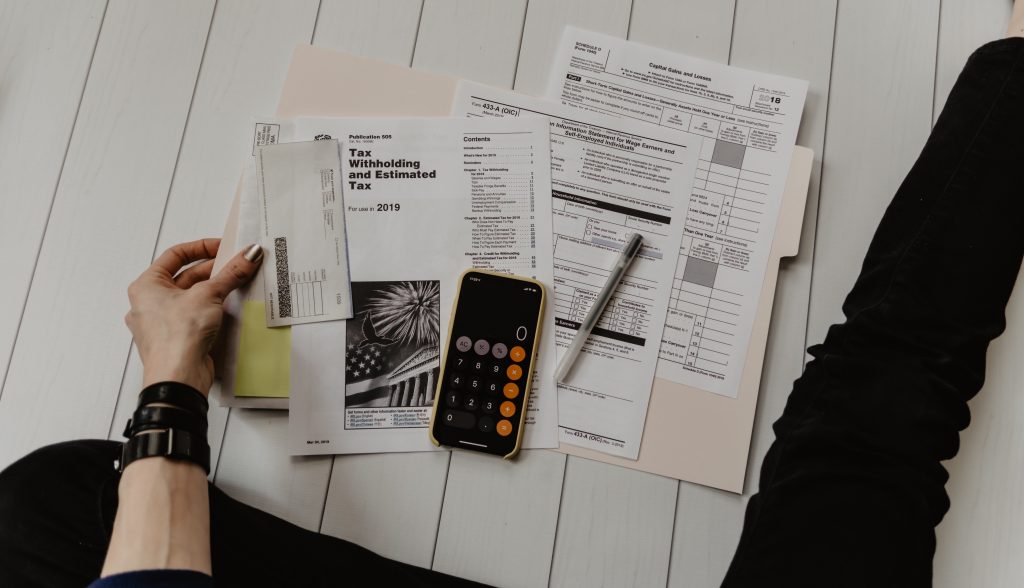Equipment financing or leasing
One possibility is the financing or leasing of equipment. An equipment lessor is someone who helps small and medium businesses get money to buy or lease things like computers and other things when it isn’t available to them through their local bank.
The goal of a wholesale distributor of products is to find a leasing company that can help with all of their financing needs. Some financiers look at companies with good credit, while others look at companies with poor credit. Some financiers look closely at companies with very high revenues (10 million or more). Other financiers focus on small ticket transactions with equipment costs of less than $100,000.
Financiers can finance equipment from €1000.00 to €1,000,000.00. Companies should look for competitive lease rates and also look for lines of credit for equipment, sale leasebacks, and credit application programs. Take the opportunity to get a lease quote the next time you’re in the market.
A cash advance from the trader
It is not typical for wholesale distributors of products to accept debit or credit from their merchants, even if this is an option. However, their traders need money to buy the products. Traders can get cash advances from sellers to buy your products, which will increase your sales.
Factoring/Receivables Financing & Purchase Order Financing
One thing is certain when it comes to factoring or purchase order financing for wholesale distributors of products: the simpler the transaction, the better, because PACA is involved. Each individual deal is considered on a case-by-case basis.
Is PACA a problem? Answer: The process has to be unravelled for the grower.
Factors and PO financiers do not borrow from stock. Let’s assume that a distributor of products sells to a few local supermarkets. The debtors usually turn very quickly because products are perishable. However, it depends on where the product distributor actually purchases it. If the sourcing is done with a larger distributor, there will probably be no problem with accounts receivable financing and/or purchase order financing. However, if the purchase goes directly through the growers, the financing has to be done more carefully.
An even better scenario is when there is added value. Example: Someone buys green, red, and yellow peppers from different growers. They package these items and then sell them as packaged items. Sometimes that value-added process of packing, bulking, and selling them is enough for the factor or PO financier to look positively at it. The distributor has provided sufficient added value or modified the product sufficiently such that PACA does not necessarily apply.
Another example could be that a distributor of products takes the product and cuts it into pieces, then packages it and then distributes it. There could be potential here because the distributor could sell the product to major supermarket chains-in other words, the debtors could very well be very good. How they buy the product will have an impact, and what they do with the product after they buy it will also have an impact. This is the part that the factor or PO financier will never know until they look at the deal, and this is why individual cases are touch and go.
What can be done under a purchase order program?
PO financiers like to fund finished goods that are shipped to an end customer. They are better at providing financing when there is just one customer and one supplier.
Let’s say that a distributor of products has a lot of orders and sometimes there are problems with financing the product. The PO financier wants someone who has a large order (a minimum of $50,000.00 or more) from a major supermarket. The PO financier wants to hear something like this from the fresh produce distributor: “I buy all the products I need from one grower at once so that I can take them to the supermarket and I never touch the product. I’m not going to take it to my warehouse and I’m not going to do anything about it, like wash or pack it. All I do is pick up the order from the supermarket and place it with my grower, and my grower will drop ship it to the supermarket.
This is the ideal scenario for a PO financier. There is one supplier and one buyer, and the distributor never touches the stock. It’s an automatic deal killer (for PO financing and not factoring) when the distributor touches the inventory. The PO financier has paid the grower for the goods so that the PO financier is sure that the grower has been paid and then the invoice is created. When this happens, the PO lender may also do the factoring, or there may be another lender (another factor or asset-based lender). PO financing always comes with an exit strategy and it is always another lender or the company that did the PO financing that can then come in and factor the receivables.
The exit strategy is simple: when the goods are delivered, the invoice is created, and someone has to pay back the purchase order facility. It is slightly easier when the same company does both the PO financing and the factoring because there is no need to enter into an agreement between creditors.
Sometimes PO financing can’t be done, but factoring can.
Let’s say the distributor buys from different growers and has a lot of different products. The distributor is going to stock it and deliver it according to the needs of their customers. This does not qualify for PO financing, but not for factoring (PO financing companies never want to finance goods placed in their warehouse to build up inventory). The factor will take into account that the distributor buys the goods from different growers. Factors know that if growers don’t get paid, it’s a mechanical lien for a contractor. A lien can be placed on the claim up to the end buyer, so that anyone in between has no rights or claims.
The idea is to make sure the suppliers get paid because PACA was created to protect the farmers in the United States. Further, if the supplier is not the final grower, the financier has no way of knowing if the final grower is being paid.
Example: A distributor of fresh fruit buys a large stock. Part of the inventory is converted into fruit cups or cocktails. They cut and package the fruit as fruit juice, and the family packs and sells the product to a large supermarket. In other words, they have almost completely changed the product. Factoring can be considered for this type of scenario. The product has been modified, but it is still fresh fruit, and the distributor has provided added value.


